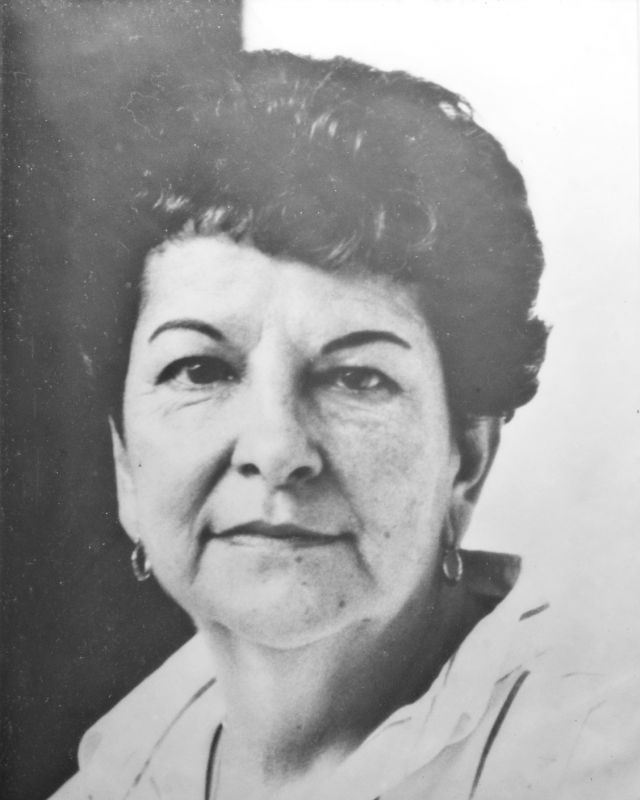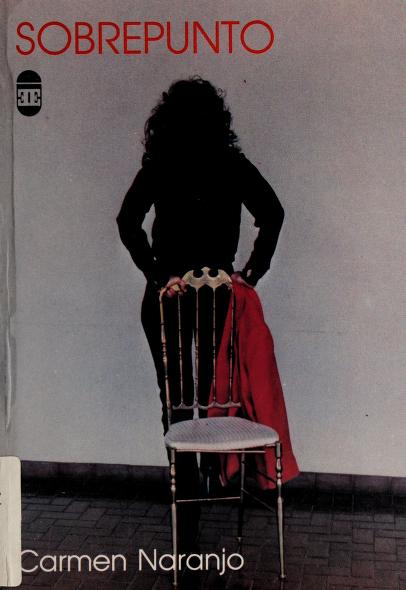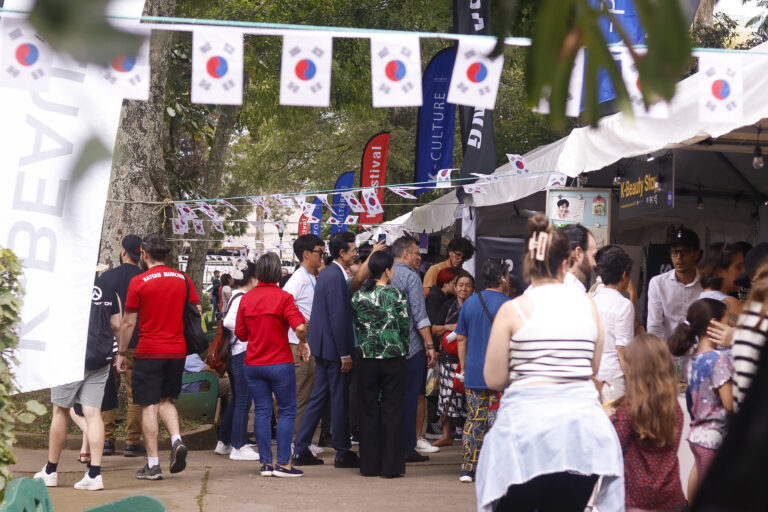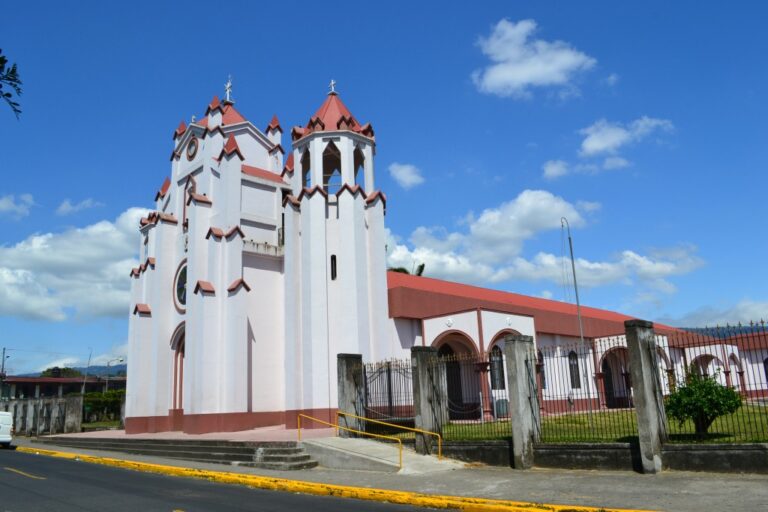General Presentation
Carmen Naranjo (1928-2017) was a Costa Rican writer, diplomat, and public figure who left an indelible mark on the cultural landscape of her country and Latin America. Her vast body of work, spanning various genres such as poetry, novels, short stories, and essays, established her as one of the most important literary voices of the 20th century.

1. A Life Dedicated to Literature
Born in Cartago, Costa Rica, in 1928, Carmen Naranjo grew up in a family environment that nurtured her passion for reading and writing. From an early age, she exhibited an exceptional talent for literature, publishing her first poems and short stories in Costa Rican magazines and newspapers.
Her academic training led her to the National Autonomous University of Mexico (UNAM), where she earned a degree in Literature. In Mexico, she immersed herself in a vibrant cultural environment that enriched her intellectual development and connected her with important figures of the time.
Throughout her life, Carmen Naranjo combined her literary work with active participation in Costa Rica’s public life. She held positions as ambassador to the governments of Israel and Greece and represented her country in various international forums.
2. A Body of Work Recognized Internationally
Carmen Naranjo’s literary production includes more than twenty books, encompassing poetry, novels, short stories, and essays. Her style, marked by sensitivity, lyricism, and depth, made her a distinctive and unmistakable author.
Poetry: Among her most recognized poetry collections are Hacia la ciudad del sol (1960), Canción de la ternura (1964), and Diario de una multitud (1974). In these works, she explores themes such as love, solitude, the search for identity, and the human condition.

Novels: Her novels include Los perros de la ira (1966), El lugar donde convergen los caminos (1974), and Sobrepunto (1985). These works are characterized by their strong social and political content, as well as by her masterful use of language and the construction of complex characters.
Short Stories: Carmen Naranjo also found great success in the short story genre. Her stories, collected in books such as Los cuentos de la tía Panchita (1978) and Las voces del silencio (1994), stand out for their humor, irony, and ability to portray the social realities of her time.
Essays: In addition to her creative work, Carmen Naranjo also ventured into essays, a genre in which she expressed her reflections on literature, culture, and society. Among her most notable essays are Reflexiones sobre la literatura costarricense (1972) and La escritura como creación (1983).
3. A Legacy That Endures Over Time
Carmen Naranjo’s work has been translated into several languages and has received numerous national and international awards and recognitions, including the Costa Rican National Literature Prize (1973), the Magón Prize (1975), and the Casa de las Américas Prize (1980).
She passed away in San José, Costa Rica, in 2017, leaving behind an invaluable legacy for Costa Rican and Latin American literature. Her work continues to be read and admired by readers worldwide, solidifying her as one of the most significant literary voices of the 20th century.
References:
- Biography of Carmen Naranjo: https://es.wikipedia.org/wiki/Carmen_Naranjo
- Analysis of Carmen Naranjo’s work: https://historico.semanariouniversidad.com/cultura/analizan-obra-literaria-de-carmen-naranjo-investigadora-hace-exhaustivo-recuento-de-su-aporte-creativo/
- Awards and recognitions of Carmen Naranjo: https://en.wikipedia.org/wiki/Carmen_Naranjo


















